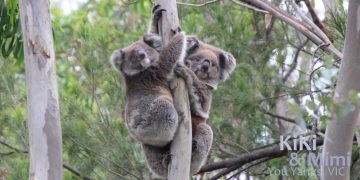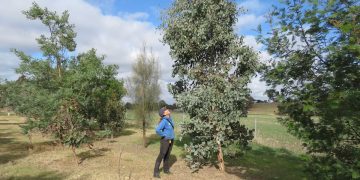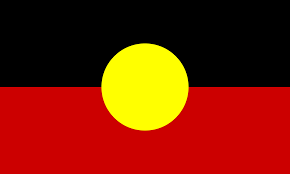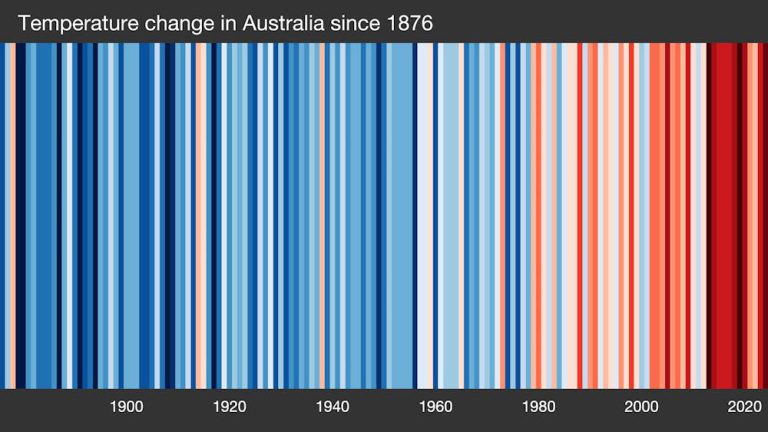by Janine Duffy
Extinction is a big, dramatic word. It means the complete death of every single organism of an entire species.
But for the people working with an animal, extinction is not usually big or dramatic. It doesn’t knock on your door one day and say “Hey, your favourite animal is now extinct.” Extinction starts with local extinctions, then regional extinctions. For koalas, it is a slow, bit-by-bit reduction in numbers, fewer joeys and shorter lifespans in one small area.
Overall extinction of an animal often happens after lots of little local extinctions. “Local extinction” doesn’t sound as terrifying, does it? It’s only in that one place, and surely there are plenty of koalas in other, better places? They might come back, right?
I’ve watched a koala local extinction happen, and it is terrifying.
On a day in late January 2023, I walked along Big Rock Track – an area of bushland in the You Yangs, just west of Melbourne. Birds sang, as they always have, the sun shone, a light breeze blew – it was beautiful.
But I was sad, because something was missing: hope.
The hope that I would find a koala at any moment. After two years of no sightings there, and years of steep decline, my hope was completely gone. I know I’m not going to find a koala there anymore. There might be one, passing through, once a year but that’s it.
Out of habit, I still scan the treetops and the big, gnarled branches of Blue Gums.
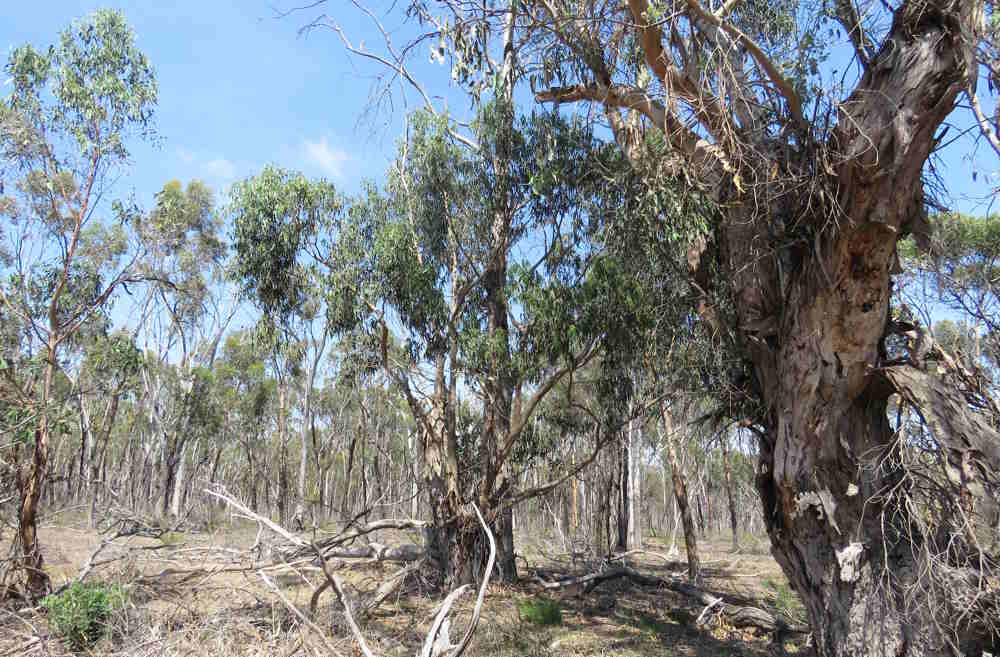
As I walk Big Rock Track, I can still see “Tim Tam” and “Vegemite”, proud mature male koalas, flexing their muscles at “Mary, Cloud and Aris”, the sweet-faced females. I can picture each of them so perfectly that it almost feels like they are still there. That feeling is comforting, but tragic – a memory that will never be added to.
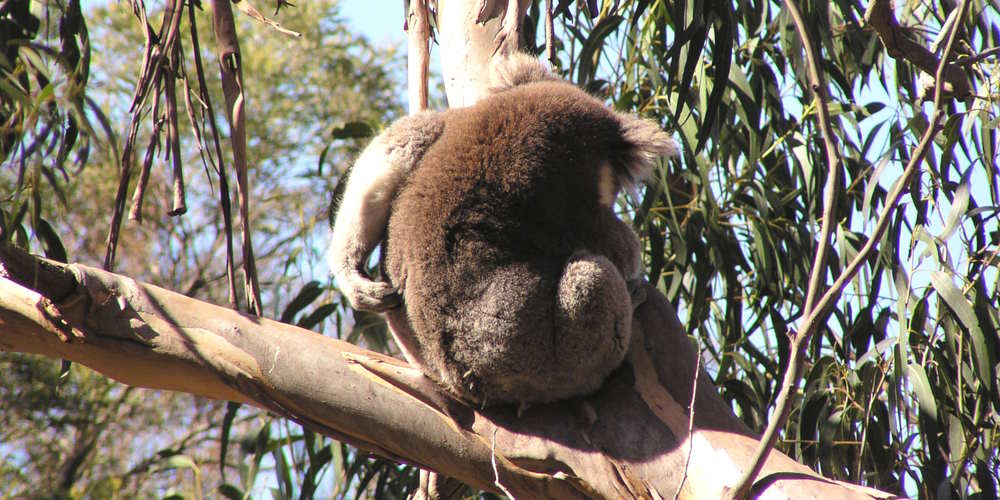
14 years ago, in 2009, I walked the same track many times. It was exciting. With each step, there was a chance that a fluffy bottom might appear through the gum leaves, or a cheeky pair of ears poke out from behind a branch.
Along this same 1km stretch of track in 2009, we made 321 sighting records of koalas*. Up to 50 sightings a month, sometimes 5 koalas seen along this track in one day in the months of Feb, March and July. It fluctuated of course, we only saw 2 koalas there for the whole month of September, and just 8 in August. But a bit of variance is normal with koalas, they move around a lot.
(*Note: these sighting records of koalas are the number of times we saw a koala, not the number of individual koalas. We saw the same individuals many times over a year. Multiple sightings of the same koala on the same day are not included)
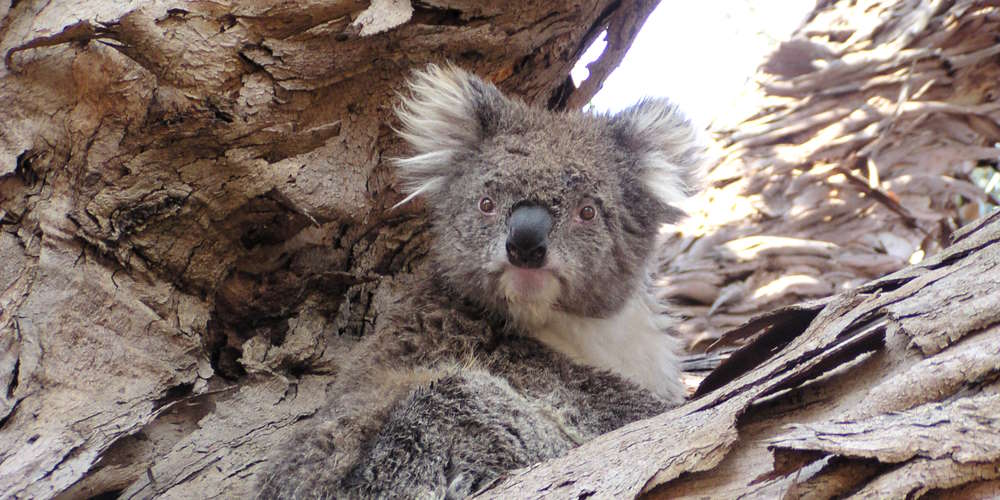
Then in 2010, after 14 long years of the Millenium Drought and the deaths of 30% of our koala population, we saw just 137 koalas along this track. In 2014, after good rains, we still only made 109 sighting records of koalas. But by 2020, just 14 sightings. Some fluctuations in between, but the trend was generally a steep decline.
But what happened to the koalas? How did they live, and did they die peacefully?
For most, there was no drama. Just a quiet slowing-down, and then disappearance. Sometimes I found a body soon after death and could identify them, but often they hid away and were never found. Some I found in a poor state, and tried to help.
There was lovely Mary, a big brunette female koala who was mature when we first met her in 2006. She was a real darling, very relaxed with human attention. She shared her home range with two to three other females, but I had the feeling she was boss. I saw her often, and I think she knew me well.
She was one of the three koalas I found on deadly Black Friday in 2009, when the thermometer hit 48 degrees Celsius in the You Yangs. Mary and Cloud were huddled under neighbouring Blue Gums, just 2metres away from each other. Another koala, male Arne, was on the ground under a big fallen River Red Gum branch a little further up Big Rock track. I sprayed them all with as much water as I could, several times over that horrible day. They all survived.
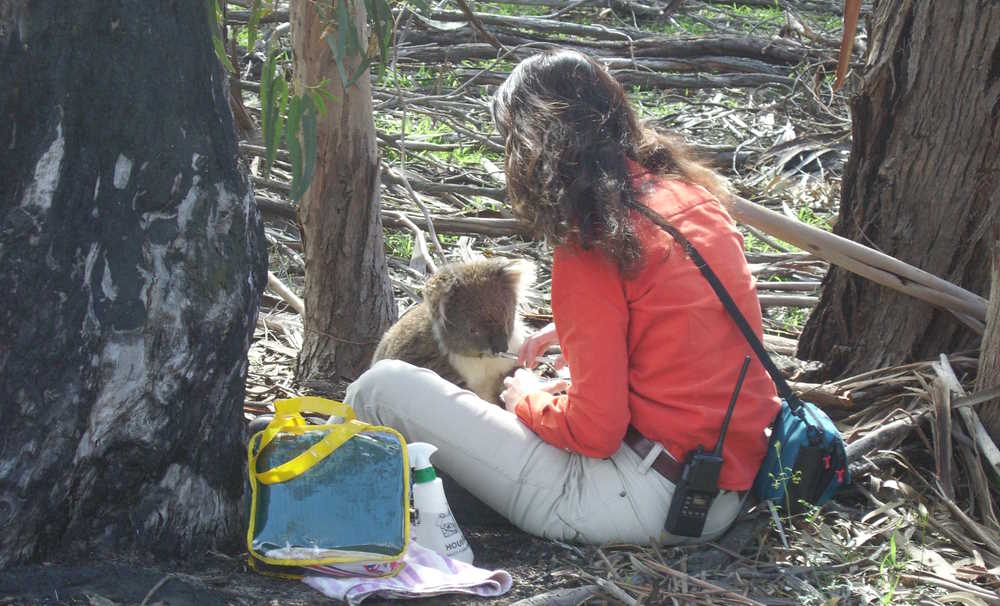
In August she was found on the ground not able to climb. I gave her water, hoping she would perk up, then we took her into care at Beremboke Wildlife Shelter. Carer Marilyn took her to the vet, did blood tests, nothing major showed up as cause for concern. Over the next month she rallied a bit, took to fresh food and supplements, and started dominating the young female koala who was sharing an aviary with her. I spent a bit of time with her, and she was a charming koala, very gentle for a female. But finally she became listless, stopped eating, and died peacefully overnight in late September. She wasn’t young, and we put it down to old age.
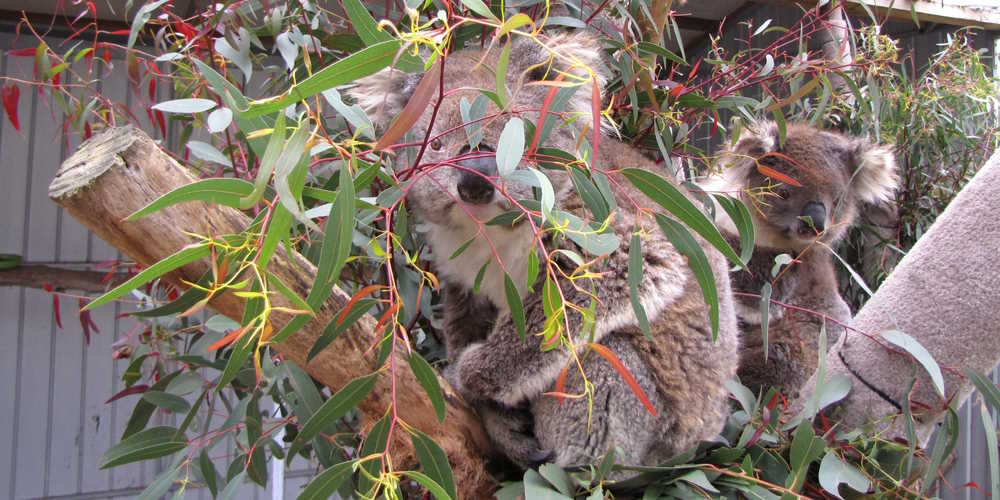
Then there was Tim Tam, a hugely charismatic male koala who refused to give up on anything. I believe he was dominant male when I started working in the You Yangs in 2006, but early in 2007 he was defeated by male Vegemite. He didn’t give up, though, and stayed around on the outskirts of his old home range until 2009.
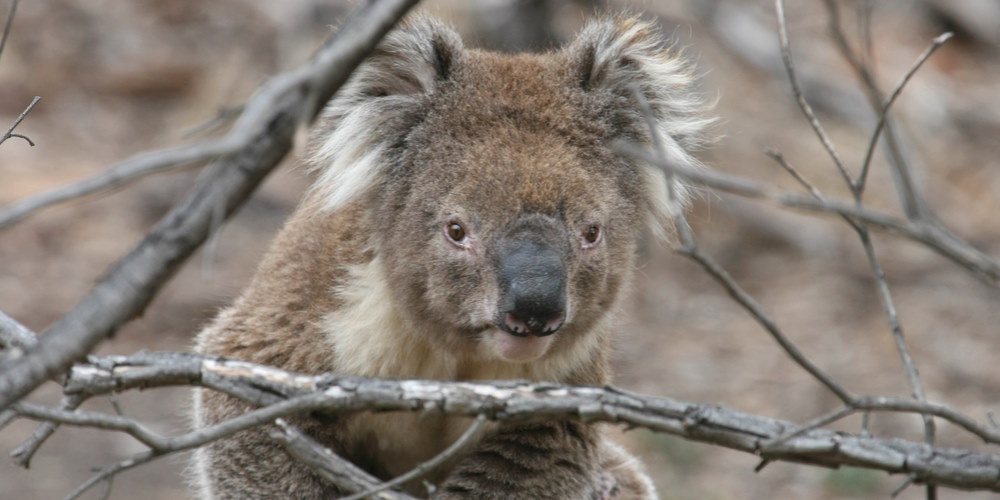
In early 2008 he was seen a few times on the ground on very hot days, very thirsty but still responsive, and had returned to a tree the following day. I gave him water quite a few times, and he would often touch my face with his nose. He was the gentlest soul, I sometimes touched him with bare hands and he never hurt me (note, I now avoid touching wild koalas at all costs, but this was a long time ago and I thought I was helping him). But then late in 2008 he was seen on the ground a lot, and eventually seen in the ‘huddle of death’ position. Each time we made the decision to take him into care he would miraculously rally and be found half-way up a tree, eating voraciously.
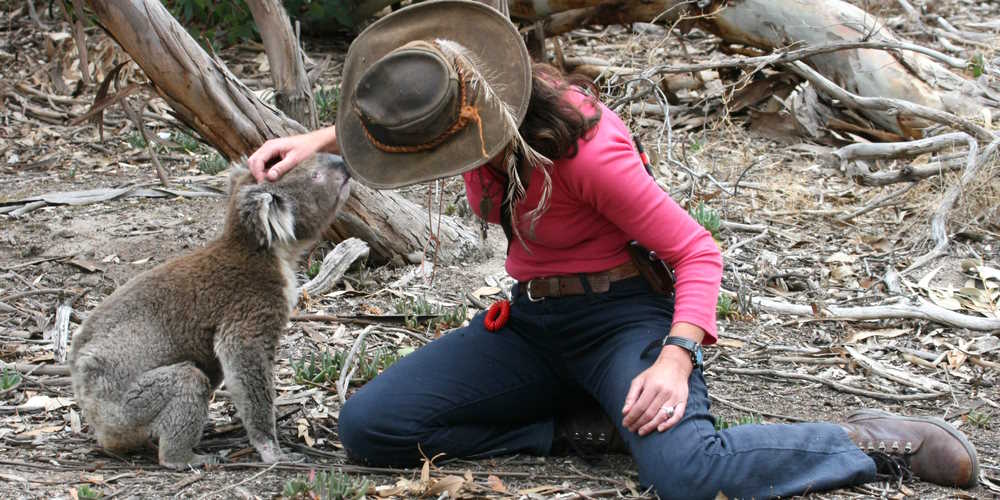
But by mid January 2009 he was found in the huddle of death and not responsive. I picked him up with bare hands and took him into care overnight, and then met the vet the next morning. The vet found that he had a very large tooth abscess that had spread into the jawbone (this is quite common in older male koalas). There was no chance of saving him, especially at his advanced age, and he was in a lot of pain. He was euthanised under sedation.
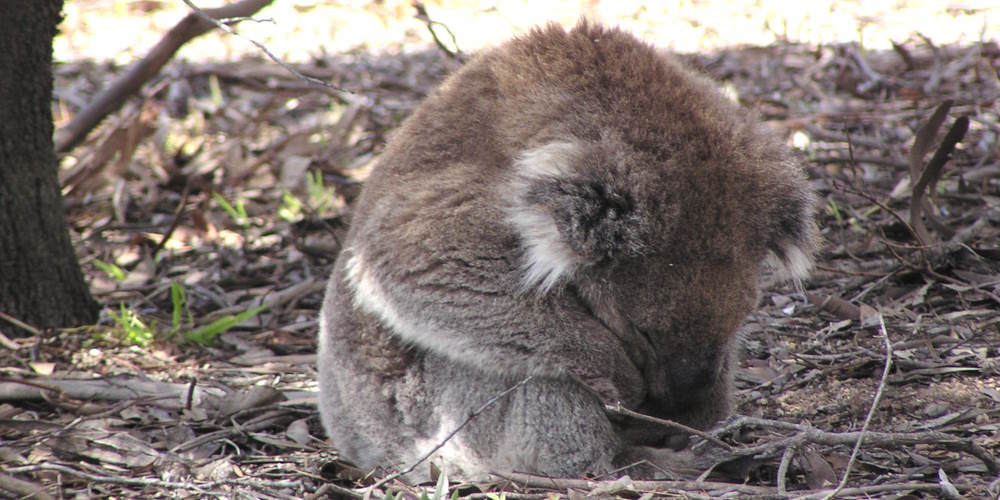
Of the other koalas that used Big Rock Track, all have different stories. Cloud, Svea, Arne, Zelda, Anzac and Wenn all disappeared quietly. Zelda was found deceased, and her jaw showed tooth wear suggesting she was over 15yo. Vegemite moved to a new home range after being ousted by Anzac, and eventually died there in winter 2013. Lovely Aris, who I knew from a joey, died of natural causes at 11 years of age. She never had a joey of her own. We haven’t seen CoCo since 2020 but she was healthy when last seen so its safe to think she has moved away. Zack and Yuyu, the last stalwarts of Big Rock Track, are still seen occasionally throughout a much wider area.
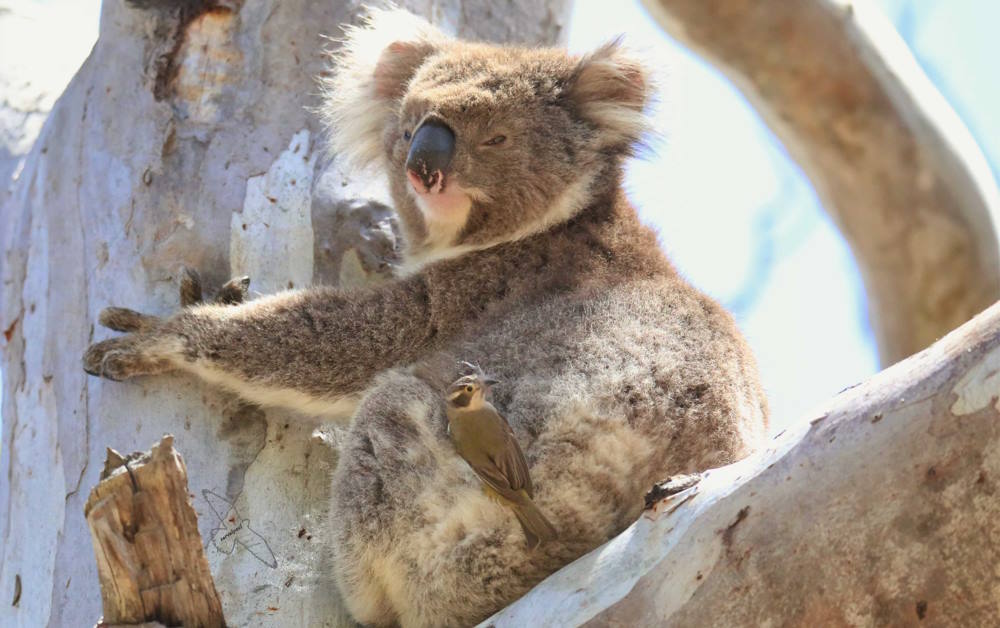
The trees of Big Rock Track are empty of koalas now*. Some of the trees are gone too, skeletons of shiny, white dead wood that Sulphur-crested Cockatoos perch on. It is not overbrowsing that has caused these tree deaths, it is climate change and dryness. (*Note: other areas of the You Yangs do still have koalas. This post is focussed on one 23hectare area)
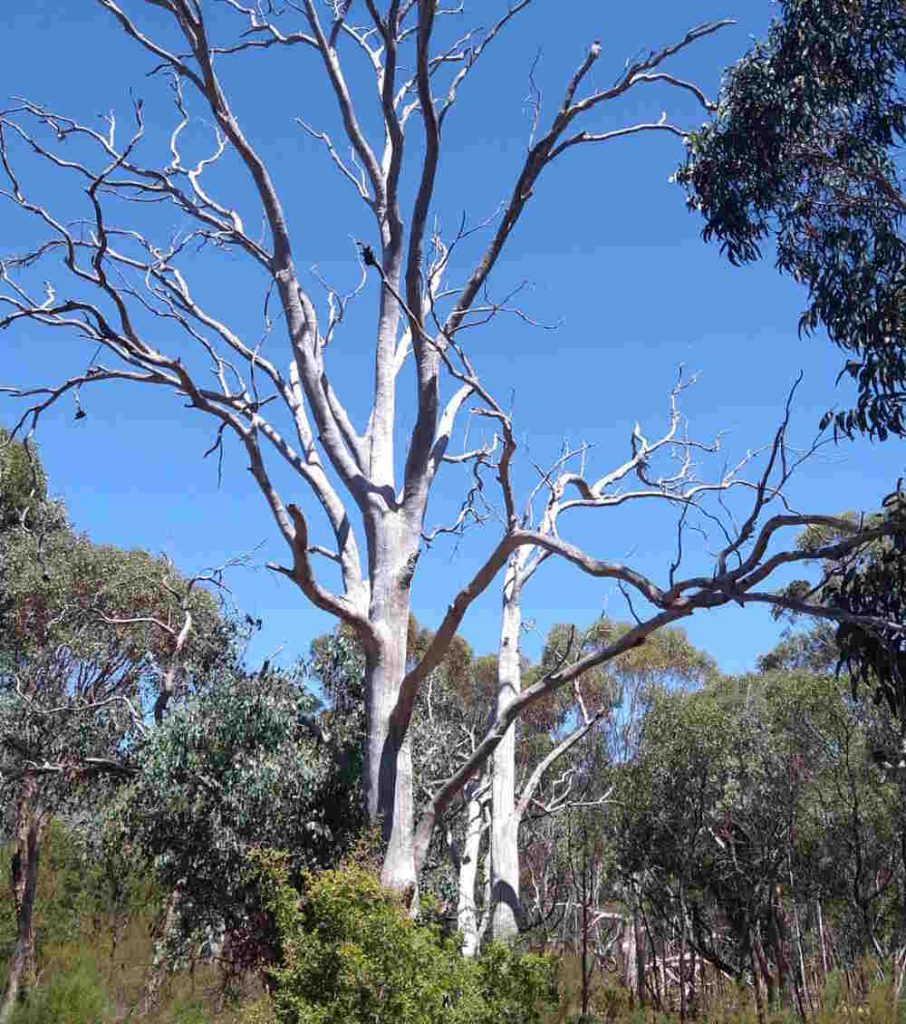
If I hadn’t been keeping records, I might have convinced myself that it was all in my head. I could think that the koalas had moved elsewhere and were doing fine. I could hope that the koalas will return, the trees will regrow and I will see a mini-me of Tim Tam or Mary there one day. I’m still hoping, a tiny bit.
Local extinctions are hard to see, hard to accept, and harder to prove. But, though it’s hard, it’s so important to talk about.
Another person walking there for the first time would not know that anything was missing. This is the dreadful legacy of local extinction: within just 14 years, the very existence of that animal is wiped from general public knowledge.
This is called a shifting baseline.
“In the absence of past information or experience with historical conditions, members of each new generation accept the situation in which they were raised as being normal. This psychological and sociological phenomenon is termed shifting baseline syndrome (SBS), which is increasingly recognized as one of the fundamental obstacles to addressing a wide range of today’s global environmental issues….”
Soga, M. and Gaston, K.J., 2018. https://doi.org/10.1002/fee.1794
Another generation will have no opportunity to see what I’ve seen. They will not feel the thrill of getting to know a Tim Tam or Mary. They will not shed a tear, because they have nothing to grieve for.
The only way I have of preventing the shifting baseline is to tell you this story, sad though it is.
As the local extinctions link up, like an avalanche, they speed up. Species under stress collapse more quickly, and don’t recover fully. Small disasters threaten them more than when they were robust. There is even the possibility of an “extinction-debt” : a delayed reaction to threats that can mean an animal can become extinct even when the threats are stopped.
Watch out for the local extinctions. They are not ‘minor extinctions’. They are smoke alarms, and if we don’t let them wake us up, they will kill those we love.
What can you do if you are witnessing a local extinction of a living creature?
- Keep records. Records don’t just help you prove it to the outside world, they help you overcome the shifting baseline.
- Read as much scientific literature as you can on the subject. There might be solutions.
We are trying to stop it happening again. That’s why we are planting trees in the rivers and waterways around the You Yangs. If we can give these koalas some quality, moist, cool habitat our local extinctions might not become a regional extinction.
..
You might ask why did this koala local extinction happen? Why couldn’t it be stopped?
The answer is complex, and not fully understood, and has not been scientifically studied in this location. The millenium drought took 30% of these koalas just in the summer of 2009/2010. Good rains in 2010/2011 should have brought them back, and it did, a bit. But climate change, heat and dryness is hitting the You Yangs hard. Many trees are dead or dying.
I think some of the lessons proposed in Dan Lunney’s Extinction in Eden: identifying the role of climate change in the decline of the koala in south-eastern NSW are relevant and worth reading:
The other problem is that you don’t know at the time. You only realise that a decline is serious when it has been going on for several years. By then, it might be too late.
The only way to water a forest of huge, 35m high trees is through rain. And we can’t make it rain.
Anyway, even if we had one, we can’t tackle this with a band-aid solution. We have to fight fossil fuels and the harm they are doing to our whole planet, to ensure that this koala local extinction doesn’t become a full-blown extinction.
..
NOTES & REFERENCES:
Soga, M. and Gaston, K.J., 2018. Shifting baseline syndrome: causes, consequences, and implications. Frontiers in Ecology and the Environment, 16(4), pp.222-230. https://doi.org/10.1002/fee.1794
Lunney, D., Stalenberg, E., Santika, T. and Rhodes, J.R., 2014. Extinction in Eden: identifying the role of climate change in the decline of the koala in south-eastern NSW. Wildlife Research, 41(1), pp.22-34. https://doi.org/10.1071/WR13054


